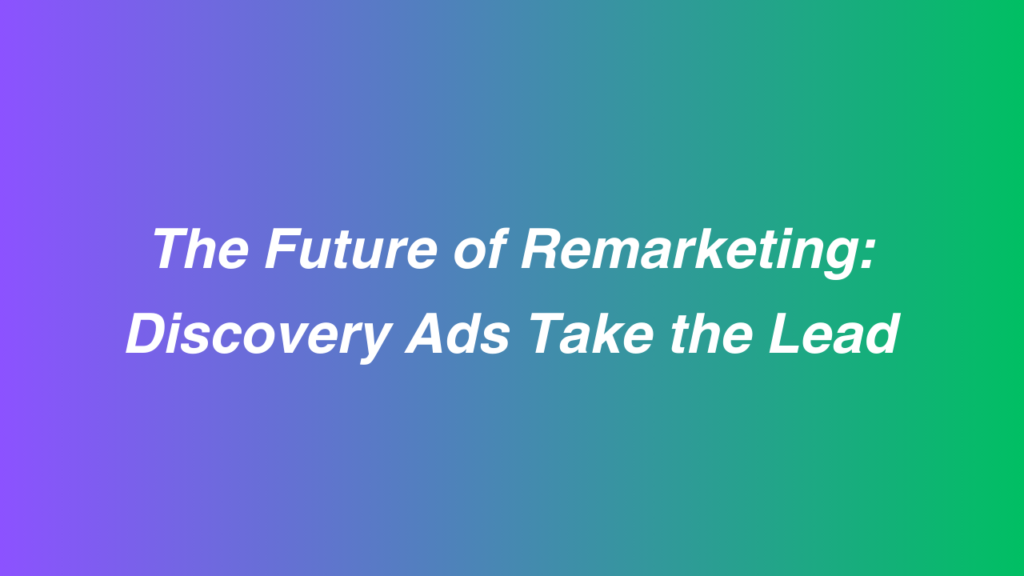In the fast-evolving landscape of digital marketing, remarketing stands out as a powerful strategy to re-engage potential customers who have shown interest but haven’t yet converted. As we look ahead, several emerging trends and technologies are poised to reshape the future of remarketing, offering more sophisticated ways to connect with consumers and drive conversions.
1. AI and Machine Learning: Artificial Intelligence (AI) and Machine Learning (ML) are revolutionizing remarketing by enabling predictive analytics and personalized targeting at scale. Algorithms can now analyze vast amounts of data to predict user behavior and preferences, allowing marketers to deliver highly relevant ads in real-time.
2. Cross-Channel Integration: Remarketing strategies are becoming increasingly integrated across multiple channels. This includes not just websites and social media platforms but also email, SMS, and even offline channels like direct mail. Seamless cross-channel integration ensures a consistent and personalized user experience across all touchpoints.
3. Dynamic Remarketing: Dynamic remarketing takes personalization to the next level by displaying ads featuring specific products or services that users have previously viewed or shown interest in. Advanced retargeting technologies dynamically generate ads based on user behavior, enhancing relevance and increasing the likelihood of conversion.

4. Privacy and Consent Management: With growing concerns over data privacy, future remarketing strategies will need to prioritize transparency and user consent. Technologies that respect user privacy while still delivering personalized experiences will gain prominence, such as contextual targeting and anonymized data analysis.
5. Voice and Visual Search: The rise of voice assistants and visual search technologies presents new opportunities for remarketing. Marketers can leverage these platforms to engage users through voice-activated ads or visually similar product recommendations, creating a more immersive and interactive shopping experience.
6. Augmented Reality (AR) and Virtual Reality (VR): AR and VR are transforming how consumers interact with brands. In the future, remarketing campaigns could utilize AR/VR to allow users to visualize products in their own environments or experience virtual try-ons, enhancing engagement and reducing purchase hesitation.
Conclusion: As technology continues to advance, so too will the capabilities of remarketing strategies. The future lies in leveraging AI for predictive insights, integrating across channels for seamless user experiences, and embracing emerging technologies like AR/VR and voice search. By staying ahead of these trends, marketers can ensure their remarketing efforts remain effective and relevant in an increasingly competitive digital marketplace.
 Clear My Certification All Certification Exam Answers
Clear My Certification All Certification Exam Answers



